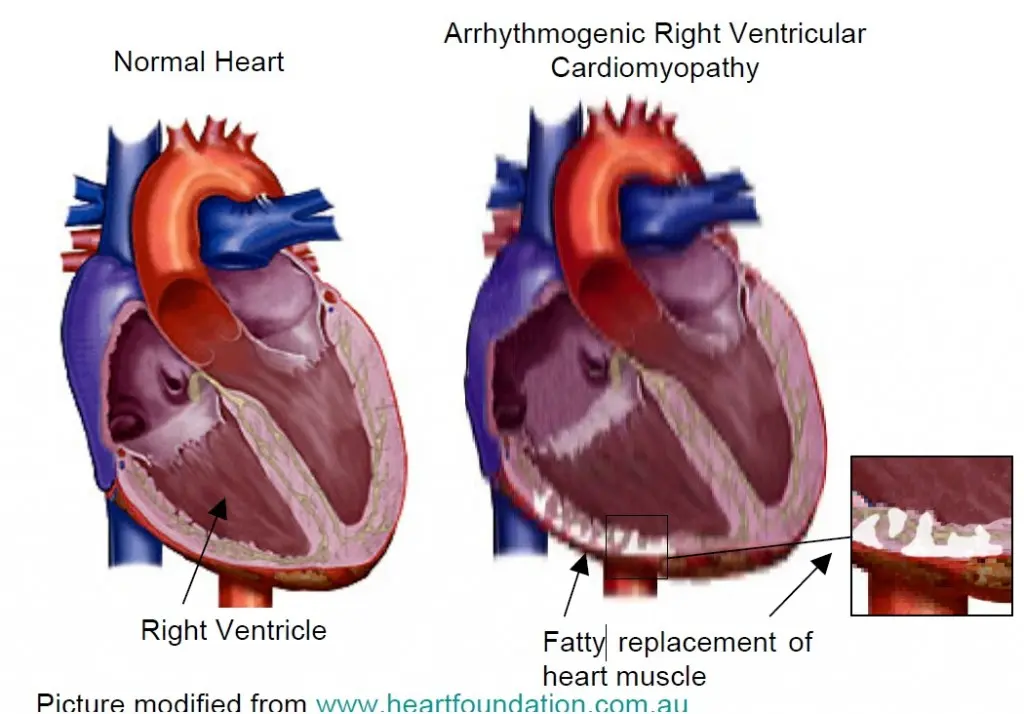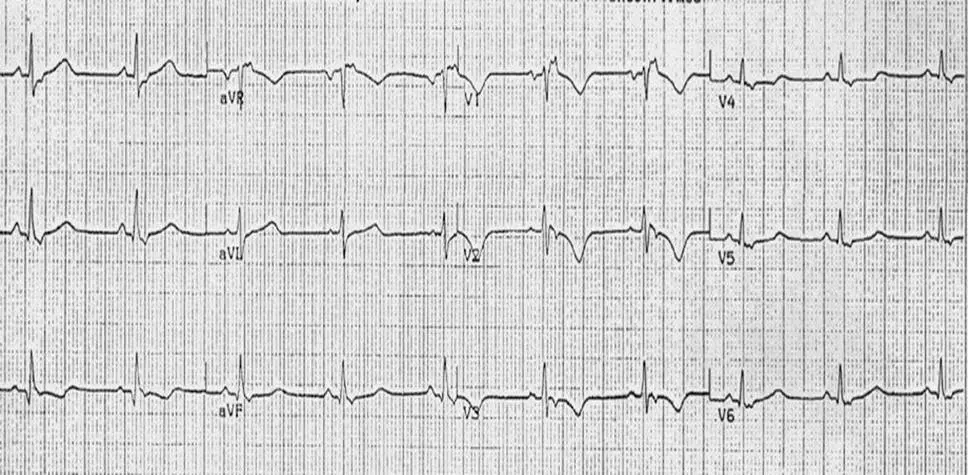Can Arrhythmogenic Right Ventricular Dysplasia be Cured?
No
Treatment focuses on managing symptoms and preventing complications

What is Arrhythmogenic Right Ventricular Dysplasia?
Arrhythmogenic right ventricular dysplasia (ARVD) is a rare genetic disorder that affects the heart muscle, leading to the replacement of normal heart tissue with fatty or fibrous tissue. It can cause arrhythmias and increase the risk of sudden cardiac arrest. Treatment may involve medications and, in some cases, implantable devices or heart transplantation.

Clinical Aspects

Characteristics
Genetic disorder affecting the heart muscle

Symptoms
Palpitations, fainting, cardiac arrest

Diagnosis
Imaging studies, genetic testing

Prognosis
Variable; depends on the severity of the condition

Complications
Ventricular arrhythmias, heart failure
Etiology and Treatment

Causes
Genetic mutations

Treatments
Medications, implantable cardioverter-defibrillator

Prevention
Medications, implantable cardioverter-defibrillator
Public Health and Patient Perspectives

Epidemiology
Rare genetic disorder affecting the heart muscle

Patient Perspectives
Management involves medication, lifestyle changes, and in some cases, surgery
This information is for general understanding and is not a substitute for professional medical advice. Always consult with healthcare providers for accurate and personalized information related to your health.
Share: